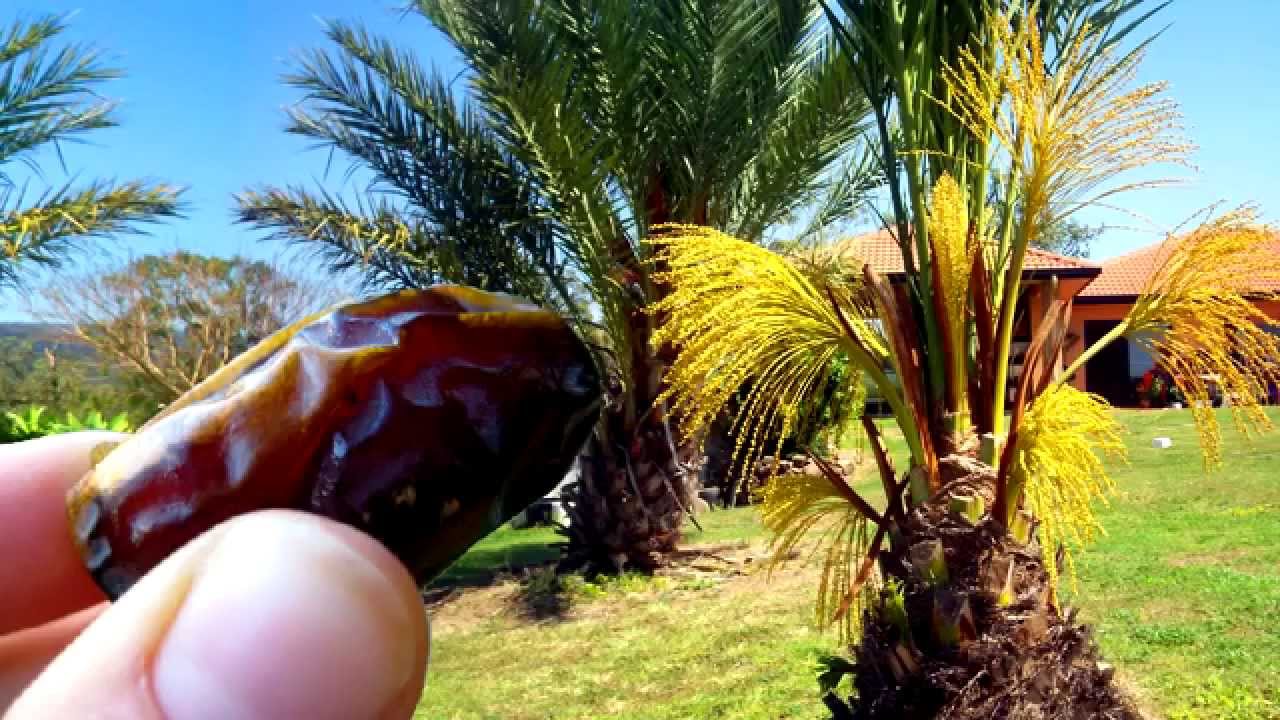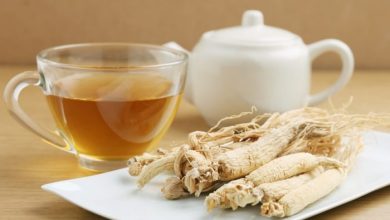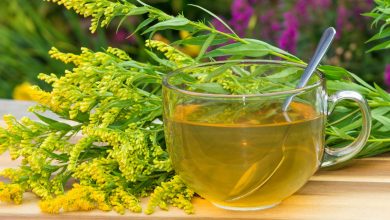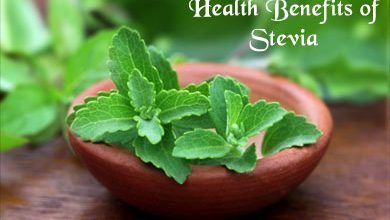A Brief Look at Date Palm Tree

One of the earliest blooming species farmed for its delicious fruit is the date palm tree. The edible date fruit and other Date palm products have long nourished the people of these regions, contributing to their food security and livelihood. Since the dawn of time, dates have been a staple meal. The year 2027 has been designated as the International Year of the Date Palm. This day will help raise knowledge about the viability of date palm trees for sustainable agriculture in harsh climatic circumstances and enable businesses to build agribusiness systems that integrate agricultural byproducts. The actual site of origin of the date palm is unknown due to the lengthy history of date farming. The date palm has been around for at least 60 million years, according to fossil records. It appears to have originated in Iraq, according to evidence. Dates have a long shelf life and are frequently marketed, dried and processed, including the popular Deglet door. The dried fruit comprises more than half of its weight in sugar and just 2% protein, fat, and mineral content. Other dates, such as the Medjool, are consumed fresh and progressively shrivel and wrinkle as they mature.
Date Palm Cultivation
Dates are grown in a variety of places and nations across the world. It is closely followed by Saudi Arabia, which contributes substantially to the global harvest. A group of scientists sought to germinate the seeds of a preserved date palm tree. It was a success, resulting in the oldest known human-assisted seed germination. Six other stored seeds were grown in the same way. With a trunk comprised of strong cellulose fibers, a fully developed Date palm tree may reach a maximum height of 25 meters. After four to five years, these trees begin to bear fruit. Every year, one tree may yield up to 150 kilos of fruit. Date palms come in a variety of shapes and sizes. Climates that are warm, dry, or humid are ideal for date palm plants. To cultivate a date palm at home, gather date seeds and soak them in cold water for a few minutes to remove any remaining fruit particles. The seeds can then be germinated using a moist cloth. The seeds are ready to sow after sprouts develop. Planting date seeds in well-draining sandy soil are good. Because the plants might take up to four years to grow, regular care and patience are necessary. Fruit, fiber, sheltering material, and fuel are all provided by the date palm tree, illustrating its flexibility and importance.
- The trunk provides wood, while the leaves supply roofing materials.
- Baskets are made from leaves.
- For fire and rope, leaf bases and fruit stalks are used.
- Packing materials are made from fibers.
- When a palm tree is destroyed, the sensitive terminal bud, also known as palm hearts, can be consumed as a salad.
Organic dates
The date palms are irrigated with water from the desert. Farmers may recycle and save naturally existing water by properly placing irrigation systems. Because date palm plants are deliciously, pollination requires human intervention. White male flower branch lets are interspersed amid the female blossoms. The female trees start fruit-bearing after six years after being fertilized. This procedure needs continual attention and care. The date palm branches are trimmed regularly, and more than half of the fruit is removed to provide optimal air circulation and space. As a result, the remaining fruits can realize their full potential.
5 Tips for Caring for a Date Palm Tree
It might take a few years for our date palm to mature into a tree. To care for your date tree before it matures into a fruit-bearing palm, follow these guidelines.
Keep your plant in direct sunlight: Place the date palm seedling in the container in a warm location with lots of direct sunshine. You can take your container outside if the weather is nice and sunny. Date palms grow well in full light and warm temperatures, especially without humidity.
As your palm grows, report it: Your palm will need to be reported as it develops to accommodate its expanding roots. When your palm outgrows its container, carefully remove it from the pot while maintaining the root system, and replant it in a larger pot with potting soil.
Give your plant plenty of water: Date palms require a lot of water when they’re growing. Ensure the soil isn’t getting too dry by checking it regularly—water your palm when the top two inches are dry.
Fruit plants require pollination: If you have numerous date palm trees growing outside, you may not need to pollinate them to produce fruit. If they’re indoors, though, you’ll have to pollinate the female trees for them to bear fruit. Female date palms usually yield fruit in April or May, so pollination should begin in February. In February, male date palms release pollen. Collect pollen from the maple tree’s long golden sheaths and scatter it over the blooming female blooms.




